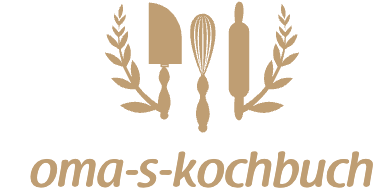Introduction
German cuisine boasts a rich tapestry of flavors, with dishes like Jägerschnitzel, Rahmsoße, and Pilzrahmsoße standing out as prime examples of culinary excellence. Each dish carries its own unique history and flavor profile, enticing food enthusiasts with its comforting aromas and savory tastes. In this exploration, we delve into the delightful world of these German classics, uncovering their origins, ingredients, and preparation methods to savor every delectable bite.
Jägerschnitzel: A Classic German Favorite
Jägerschnitzel, or “hunter’s schnitzel,” is a beloved dish that reflects the hearty and rustic essence of German cuisine. Originating from the southern regions of Germany, this dish traditionally features a tenderized and breaded pork or veal cutlet, pan-fried to golden perfection. What sets Jägerschnitzel apart is its flavorful mushroom sauce, which is generously ladled over the crispy schnitzel, infusing it with earthy and savory notes.
To prepare authentic Jägerschnitzel, begin by pounding thinly sliced pork or veal cutlets until they are tender and uniform in thickness. Next, season the cutlets with salt and pepper before dredging them in flour, beaten eggs, and breadcrumbs, ensuring a crispy coating when fried. In a hot skillet, fry the schnitzels until they are golden brown and cooked through, then set them aside to drain any excess oil.
The pièce de résistance of Jägerschnitzel lies in its rich mushroom sauce, known as Pilzrahmsoße. To create this delectable sauce, sauté sliced mushrooms, onions, and garlic in butter until they are tender and aromatic. Then, deglaze the pan with a splash of white wine, allowing the flavors to meld together beautifully. Finish the sauce by adding cream and a touch of mustard for depth, simmering until it reaches a velvety consistency.

